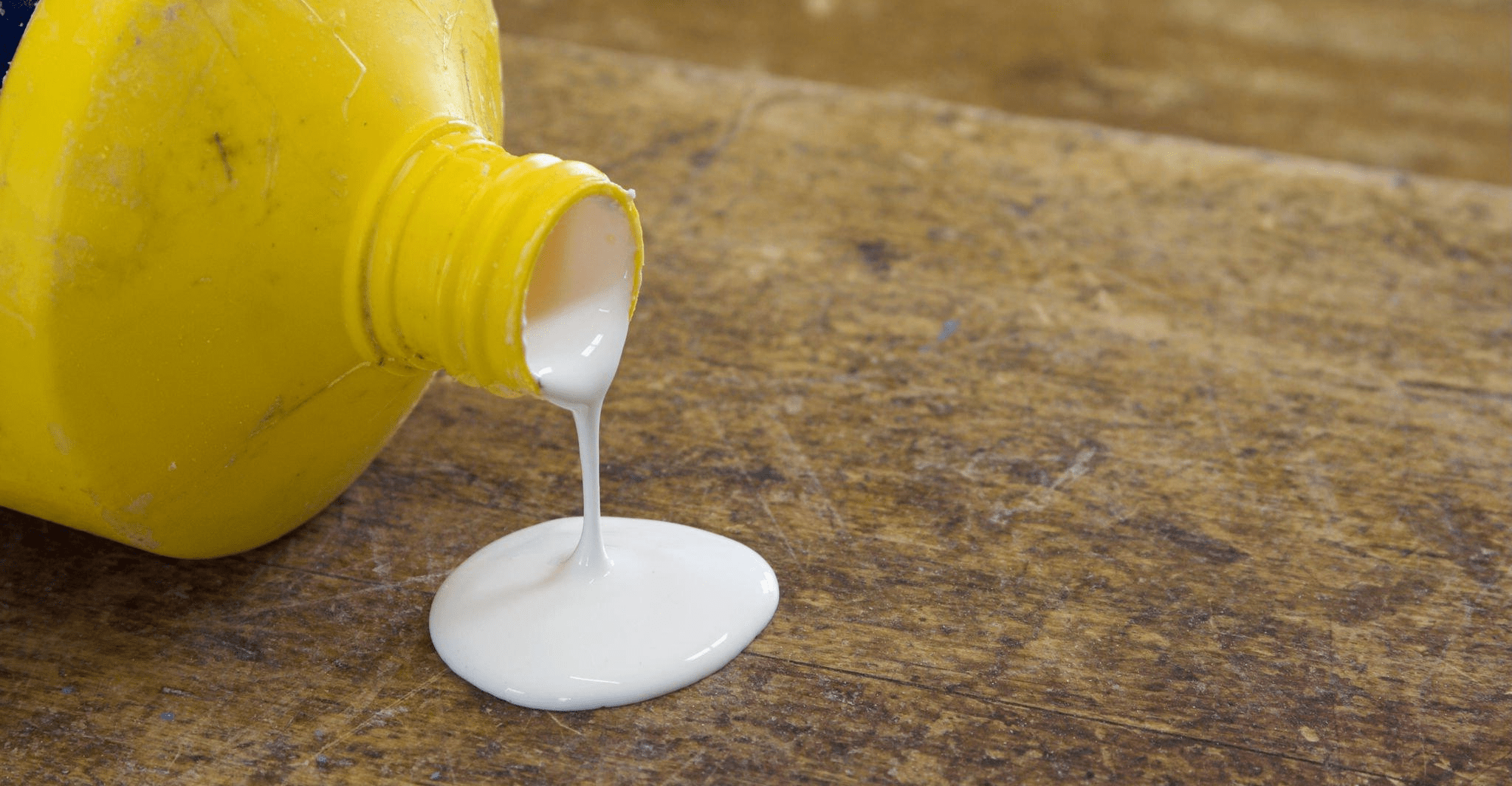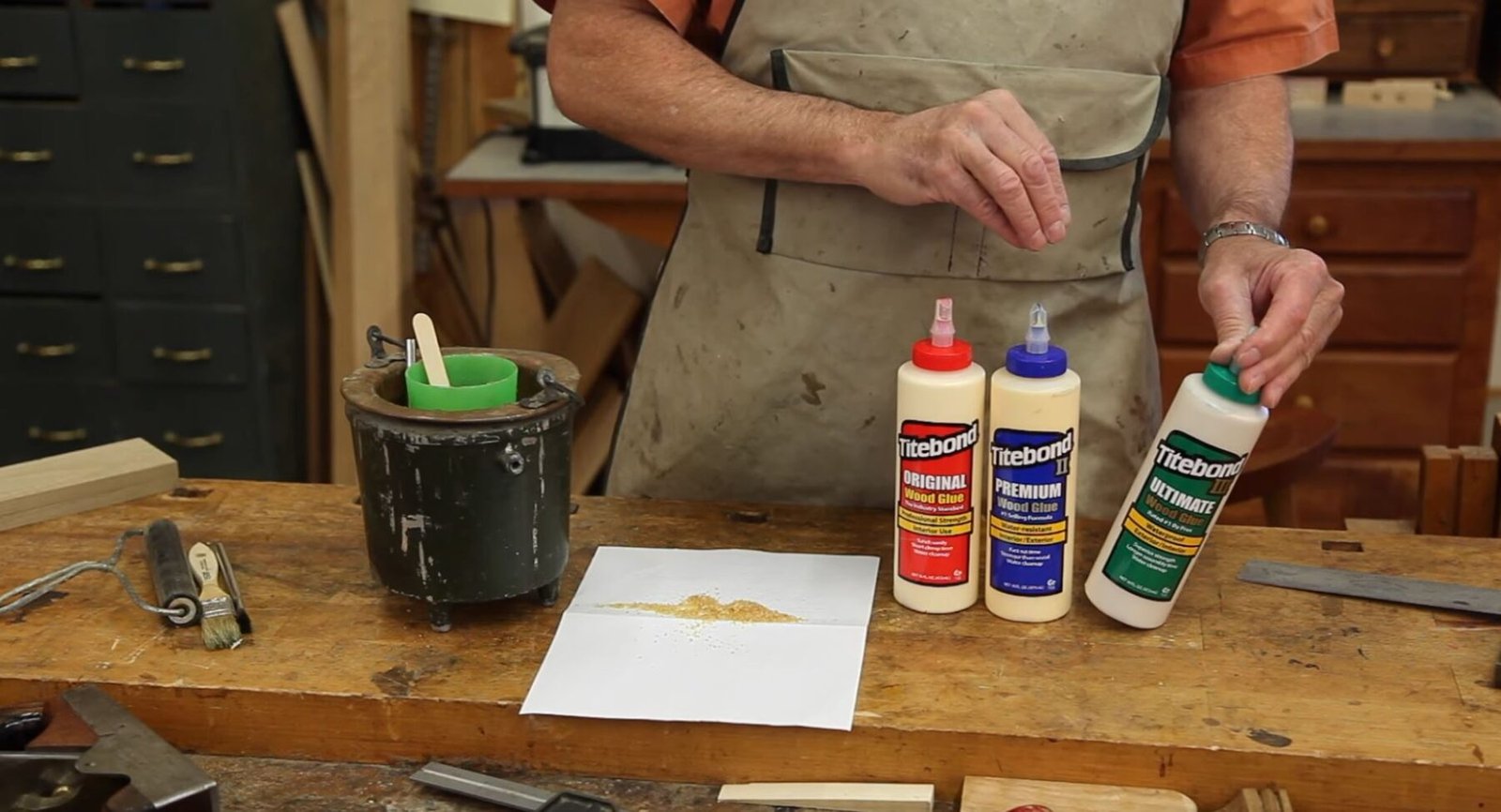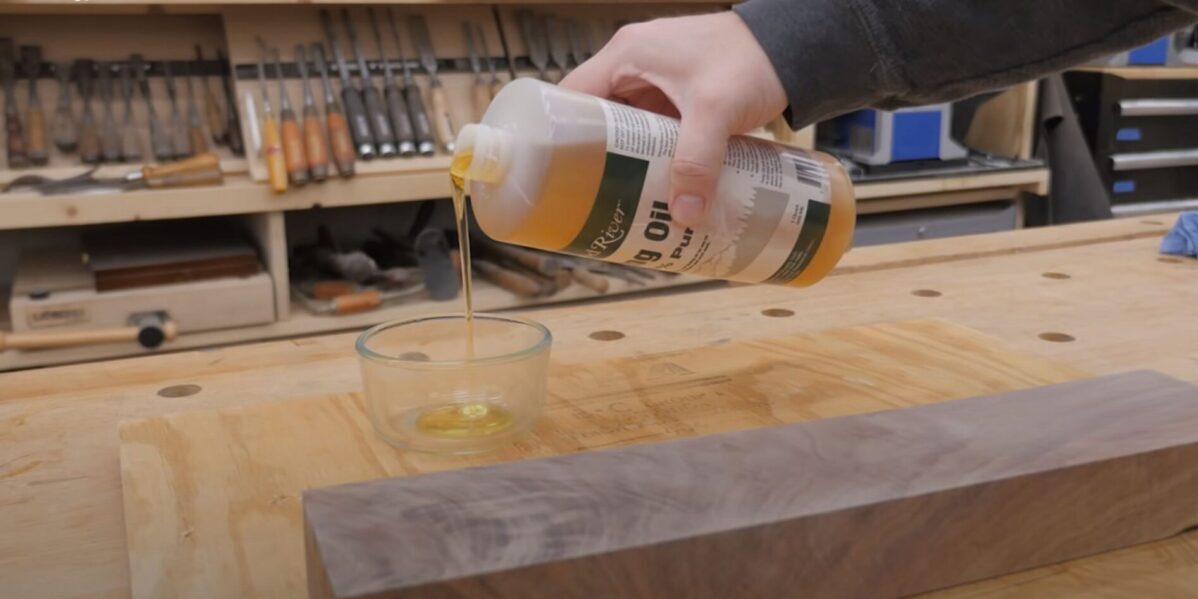If you are like me you probably have a few tubes of glue laying around in your workshop that haven’t been used for some time. You might not be sure if it is still usable or if you should just throw it away and get a new tube. There are a few ways to ensure that the Wood Glue lasts as long as possible, in this post we’ll outline a few tips to extend that shelf life.
Can Wood Glue expire or go bad?
The truth is that wood glue can go bad and should be discarded in that case. However, how long the wood glue will last depends on its composition, as the effectiveness of each type varies. Wood glue has a stated shelf life of one to two years, and the majority of adhesive manufacturers stamp this information on their packaging. In general, wood glue can be stored properly for several years after its expiry date. Polyurethane and PVA glues can last for many years after their expiration date. Some glues, such as Titebond, can be stored in ideal conditions for up to ten years or longer.
Table of Contents
Best way to store Wood Glue
Proper storage is the most important factor in extending the life of wood glue. It will degrade quickly if not properly stored. Check that the cap or lid on the container is completely closed. In addition, the wood glue should be kept out of direct sunlight. Another consideration is the temperature at which the wood glue is stored, and all wood glue has a manufacturer-recommended temperature. As a general rule, the glue should be stored at or below 75°F (24 °C), as storage above this temperature can cause the product to thicken and shorten its usable life. Wood glue should be kept in a cool, dry basement. Basements typically maintain a constant cool temperature throughout the year. If you don’t have a basement, you can store it in your refrigerator; however, you don’t want it to get too cold.
The worst storage condition for any glue is freezing, followed by thawing and heating. The majority of wood glues are designed to withstand at least five freeze/thaw cycles. However, after each cycle the adhesive often turn into gels. These gels are easily broken up by mixing, but the gels become more difficult to spread with each subsequent freeze-thaw event. The gels will eventually become impossible to disassemble, leaving the adhesive intact. In response to heat, the polymer may clump and form a gel-like substance.
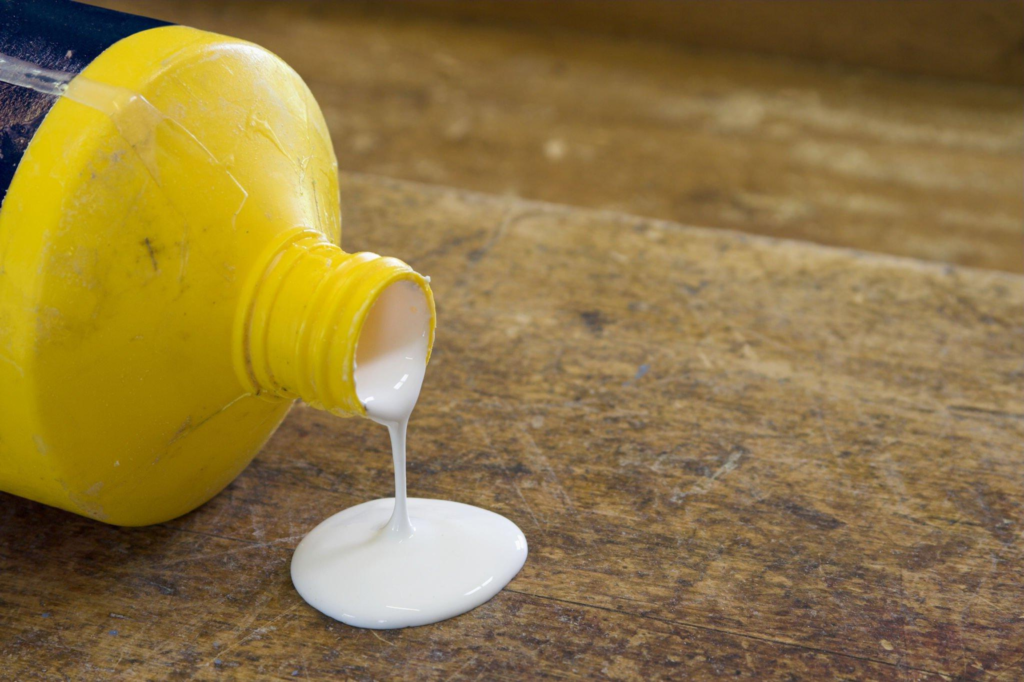
Expiration Date of Wood Glue and where to find it
To reduce liability if improper storage results in a defective product, most glue manufacturers include an expiration date. However, you may only see the date of manufacture and not an expiry date, but at least you will know how old the glue is. One or two years would be considered standard shelf life in these cases. The glue, on the other hand, can be used for much longer if properly stored. On rare occasions, white or yellow glue has been known to last for more than ten years. The manufacturing date could also be encoded as a long number. In this case, you could go to the manufacturer’s website to find the date and number encoded in the label’s coded number. A great tip is to keep track of the date you open the container so you can calculate the expiration date from when it was opened.
How to tell if Wood Glue has gone bad
The viscosity of wood glue is the most visible sign that it has degraded. The glue should easily pour. If it does not, shake the container vigorously to force it to pour. If this fails, water-based glue can be diluted with water if it becomes too thick. Another telltale sign that the glue has gone bad is a change in color. If the wood glue is too thick and does not adhere to the wood, the tube should be replaced. Do not use wood glue if you have any doubts about its quality. By attempting to save a few dollars on the adhesive, you risk ruining your project.
What to do with expired Wood Glue
Wood glue, like most other products, has a shelf life. Mold can grow in organic water-based glues containing gelatin or protein extracts after they have expired, rendering the adhesive properties useless. If you notice mold on your glue, you may be tempted to use it one more time. However, this is not advised. Your substrate may be damaged, causing problems with your project. Wood glue that has reached its expiration date will not adhere to new glue as well. In this case, throwing out the old adhesive is the best option. Make sure to properly dispose of the glue to avoid polluting the environment.
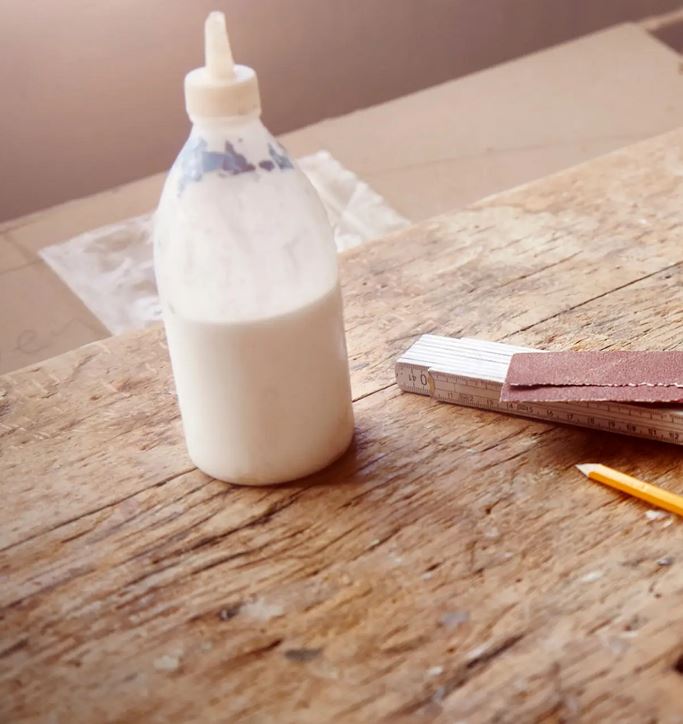
How to dispose of old expired wood glue
All glues must be discarded in accordance with local, state, and federal laws. Before pouring any amount of glue down the drain or into the garbage, double-check what you need to do with your specific glue.
- Natural glues are non-toxic and can be easily disposed of, often simply in the garbage.
- Manufactured glues are classified as toxic waste and must be disposed of properly.
- Synthetic waste glue can be solidified and discarded by mixing it with sawdust. As an alternative, you can buy absorbent waste disposal granules, mix them with your used glue, and then dispose of the resulting mass.
Most cities and towns have garbage, recycling, and waste disposal facilities where you can dispose of your glues. Of course, you should also try to recycle as much of your glue packaging as possible. If you have a lot of glue, you can find specialized disposal companies on Google that will help you get rid of the waste glue.
How long does different types of Glue last
Now that you have a better understanding of how glue degrades after its expiration date, let’s compare the shelf lives of various glues. For a more in depth post on the different types of wood glue that are available please see: Everything you need to know to picking and applying wood glue.
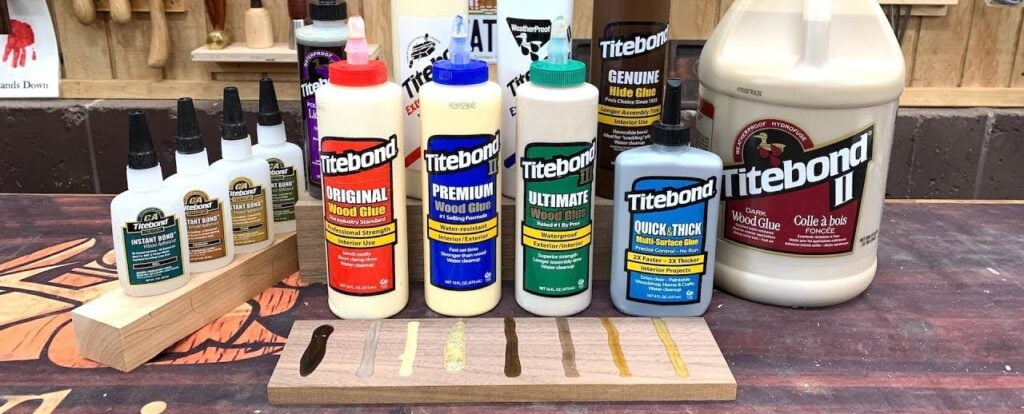
How long does PVA Glue last
PVA glue has a two-year shelf life when sealed and a six-month shelf life when opened. If air enters the container, the glue will harden and especially after the expiration date. A small amount of air can cause your glue to solidify even when the lid is completely closed. The whole thing solidifies, and the process is irreversible. This can happen if your PVA glue container sits for an extended period of time without being moved or exposed to air. It distinguishes the liquid from the PVA emulsion. If you catch the glue in time, you can stir it back to its original consistency. Filtration can be used to remove solid components that have not been stirred up. If your PVA glue separates in this manner, it will lose some of its effectiveness.
How long does Superglue last
Cyanoacrylate, also known as superglue, is a highly reactive substance that is challenging to store indefinitely. Superglue degrades primarily due to atmospheric air, and when the package is opened, the glue hardens even more quickly. The best course of action is to buy superglue in small amounts at a time.
How long does Polyurethane Wood Glue last
Cyanoacrylate glue and polyurethane (PU) glue share a chemical relationship and functions very similarly to superglue. However, PU glue has a significantly longer shelf life in an unopened container than cyanoacrylate wood glue because it is less reactive in the air than superglue. Keeping PU glue away from heat and light can extend its lifespan. PU glue has a shelf life of up to two years in sealed containers and up to one year after opening.
Summary on storing Wood Glue
Like all other glues, wood glue starts to lose its hold the moment the container is opened. No glue will ever last forever, even when it is contained in a vacuum-sealed bag, and different glues degrade in different ways. For any type of wood glue you might be using, you can use this information as a general guideline. It will enable you to get the most out of your wood glue and facilitate quicker and better gluing in your woodworking projects.
Here are some guidelines to follow in order to prevent or at least slow the degradation of the adhesive:
- Wait until you’re ready to use your wood glue before opening it.
- Avoid letting wood glue come into contact with water and moisture.
- Prevent overheating of wood glue.
- Keep wood glue as far away from the sun as possible.
Basements that are dry and cool are ideal for storing wood glue. The worst case scenario for storing glue is allowing it to freeze and then thaw. With each freeze-thaw cycle, the wood glue deteriorates.
Can wood glue be used in cold weather?
If wood glue is kept dry and heated during the winter, then the answer is yes. Maintain a tight seal on the glue bottle and store it somewhere warm, like on top of your refrigerator.
Is wood glue affected by heat?
Yes, heat can have an impact on wood glue. Before you begin application to the wood, make sure the surface to which you are applying the glue is cool. The liquid in the adhesive can evaporate if the surface is very hot.

